Princeton researchers alter a sequence of random copolymers and provide the first experimental observations of thermoreversible crew-cut micelles, and thermotropic micro- and macrophase separation in a nonaqueous polymer solution.

Princeton researchers alter a sequence of random copolymers and provide the first experimental observations of thermoreversible crew-cut micelles, and thermotropic micro- and macrophase separation in a nonaqueous polymer solution.
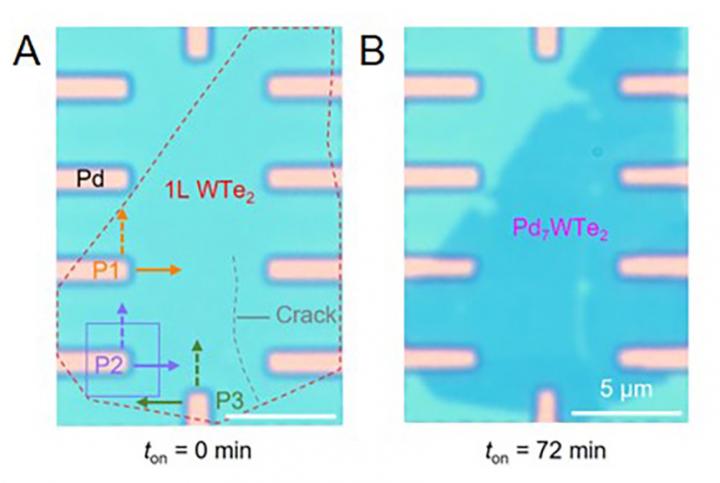
MRSEC researchers from Princeton University have discovered a surprising on-chip process for growing ultrathin superconductors on ultrathin layers of transitionmetal dichalcogenides (TMD).

The PIs of IRG2 have substantially refined synthetic control over the synthesis of superatoms and their assemblies into macroscopic single crystals. They are now leveraging this control to engineer new, exceptional semiconductor transport properties not seen in any other material.
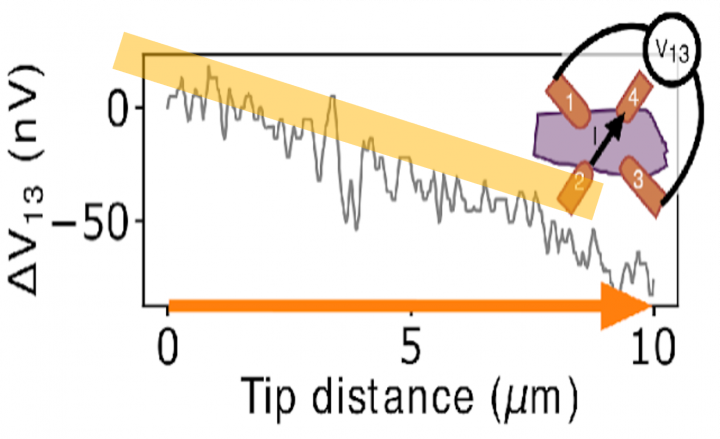
Mn(Bi, Sb)2Te4, a family of MTMs with highly tunable properties, is an ideal playground for studying the interplay of band topology with magnetism. While previous work has focused on uniform ordered phases, here we ask: How can we control the electronic properties of Mn(Bi, Sb)2Te4 using the mesoscale structure of magnetism?
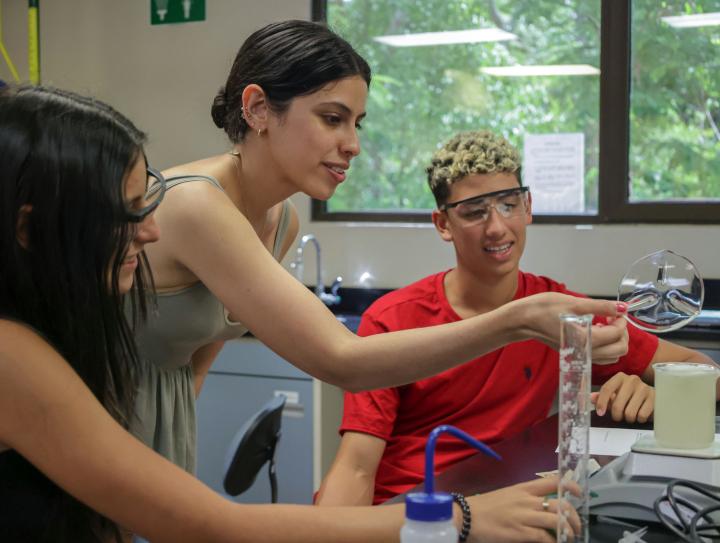
Experimenta con PREM is a two-week hands-on research program for high school students run annually at the University of Puerto Rico (UPR) Humacao & Cayey campuses. It remains a core program for the UPR-Penn PREM program with a history of attracting talented and motivated high school students to materials research; since its inception in 2005, 100% of students have graduated from high school and 78% pursue STEM after.
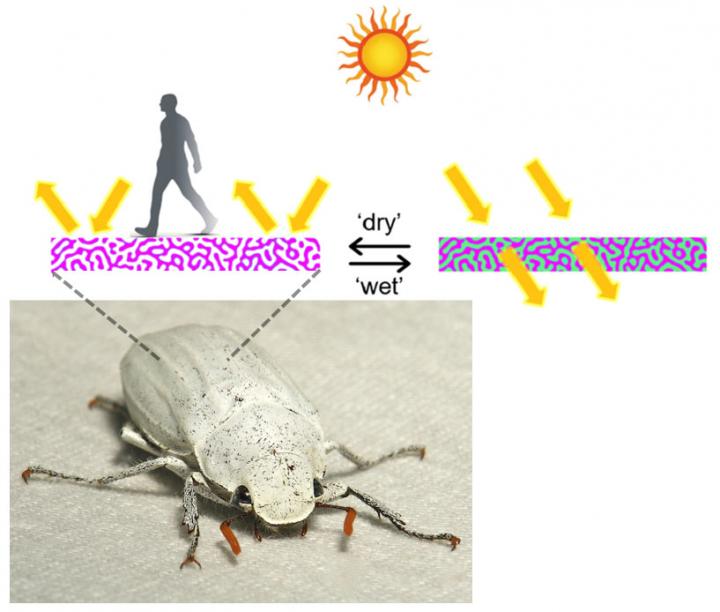
Passive daytime radiative cooling (PDRC) coatings provide an eco-friendly and cost-effective alternative to cool surfaces and structures. Ideally, these coatings would have excellent cooling performance in thin, mechanically robust layers that could switch from rejecting heat to accepting heat during periods of low sunlight and would be produced by low-cost and scalable methods.
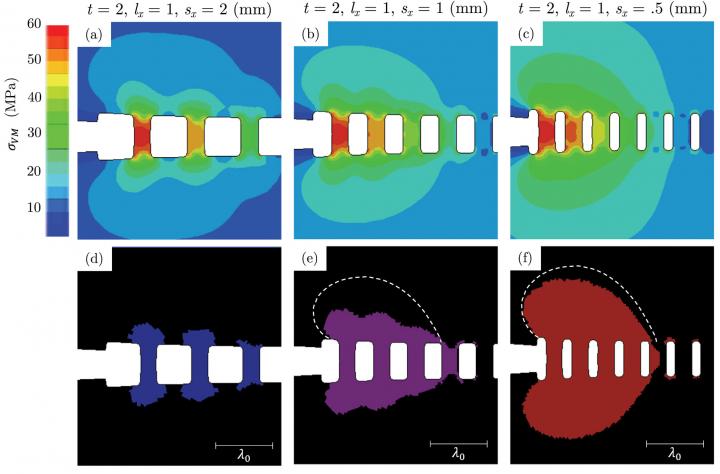
One of the primary ways that materials fail in operation is by the formation and propagation of cracks during loading, often leading to sudden, catastrophic events.
The ability of a material to withstand fracture is described as its toughness. Over the years, researchers have developed a variety of way to enhance material toughness, thereby improving the ability of materials to withstand applied loads, but often at the cost of reducing overall strength.

IRG-3 researchers Yodh, Kikkawa and Collings made a significant discovery about the behavior of liquid crystals (LCs) in droplets exposed to a magnetic field. LCs are unique materials that flow like liquids but also have some order (orientational order) like crystals. In this study, the researchers focused on a specific type of LC phase called a nematic. Field-induced “switching” of nematic liquid crystals (NLCs) in planar geometries is the basis of LC displays. Here, NLCs were put in spherical drops with special molecules (surfactants) on the drop surface that align the molecules, or NLC director, perpendicular to the droplet surface and force a topological hedgehog defect to form at the drop center. Field-induced switching in this case differs fundamentally from the planar cells due to confinement geometry and the topological defect.
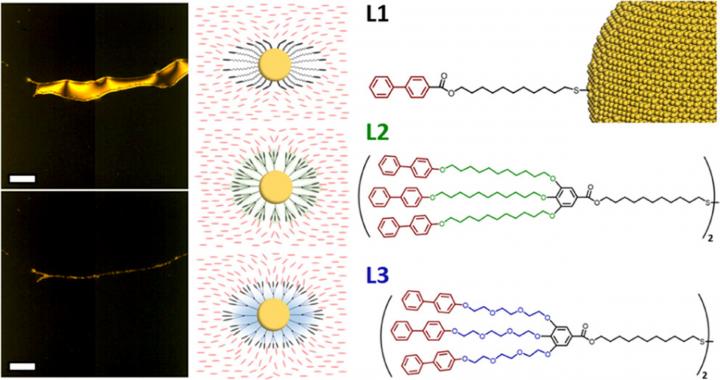
Liquid crystals are soft materials which see frequent use in optical displays and other smart devices. This is because they can change their optical properties (such as light transmission and polarization) when an electric field is applied. This allows them to selectively block or transmit light, creating the pixels that form images on the screen. Similarly, nanoparticles are materials that can have different optical properties that depend on their size.
In this work, Penn researchers have developed new liquid crystal-nanoparticle hybrid systems. They have integrated specially synthesized molecules known as “dendritic promesogenic ligands” that can attach to the nanoparticles.
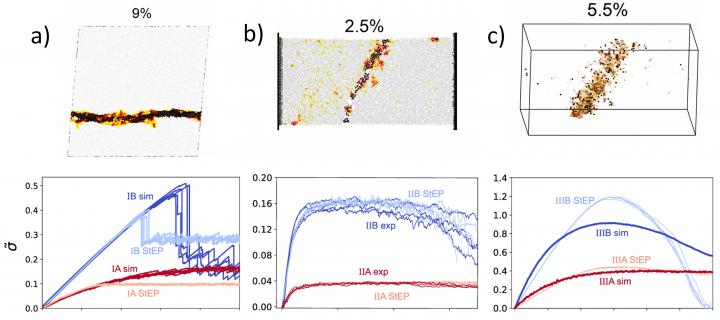
Disordered particulate solids are ubiquitous in items ranging from plastic to concrete. Despite their prevalence, applications can be limited because they are often brittle. In contrast, ductile materials can be deformed smoothly and significantly without fracturing. Strategies for tuning ductility of disordered solids are empirical and system-specific.
Liu, Riggleman and Durian used computer simulations of atomic and polymeric glasses and laboratory experiments on granular packings to develop a general Structuro-Elasto-Plastic (StEP) framework for understanding large-scale deformation of disordered solids in terms of the system-specific interplay between local structure, local rearrangements and larger-scale elasticity.